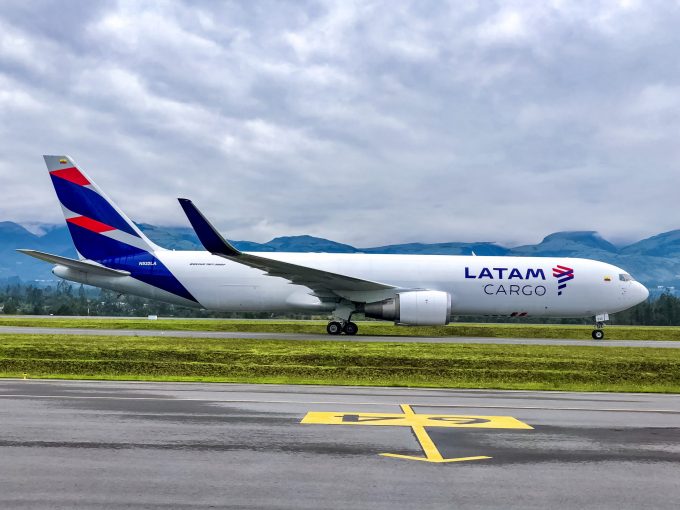'More pronounced' demand slump drives container spot freight rate declines
Container spot freight rates on most of the main shipping trades saw another week of ...

LATAM Cargo is reporting healthy loads on its transatlantic routes to Europe, and is cautiously optimistic about the current air freight market.
The airline group, based in Brazil, Chile and Colombia, said it needed to increase capacity, especially on transatlantic routes that see regular shipments of cargo like fresh flowers and fruits.
“Transatlantic flows continue to be healthy, but it’s a market we are monitoring closely as several factors are working in opposite directions,” Andrés Bianchi, LATAM Cargo CEO told The Loadstar.
For ...
Asia-USEC shippers to lose 42% capacity in a surge of blanked sailings
USTR fees will lead to 'complete destabilisation' of container shipping alliances
New USTR port fees threaten shipping and global supply chains, says Cosco
Outlook for container shipping 'more uncertain now than at the onset of Covid'
Transpac container service closures mount
DHL Express suspends non-de minimis B2C parcels to US consumers
Zim ordered to pay Samsung $3.7m for 'wrongful' D&D charges
Flexport lawsuit an 'undifferentiated mass of gibberish', claims Freightmate

Comment on this article